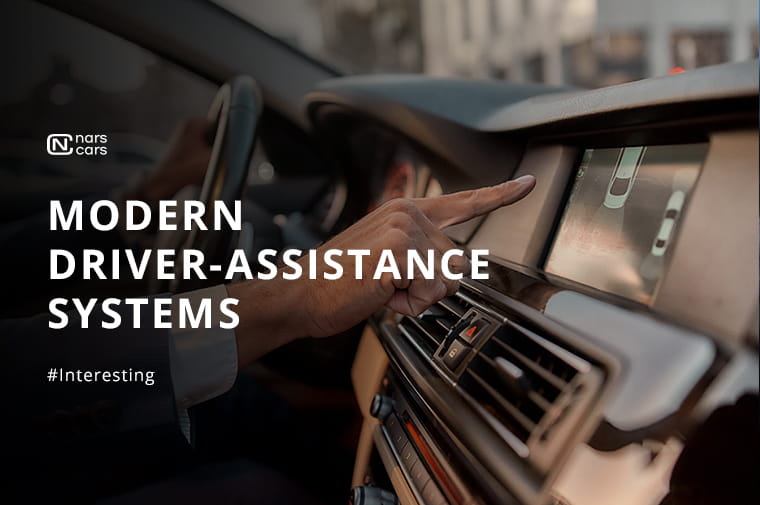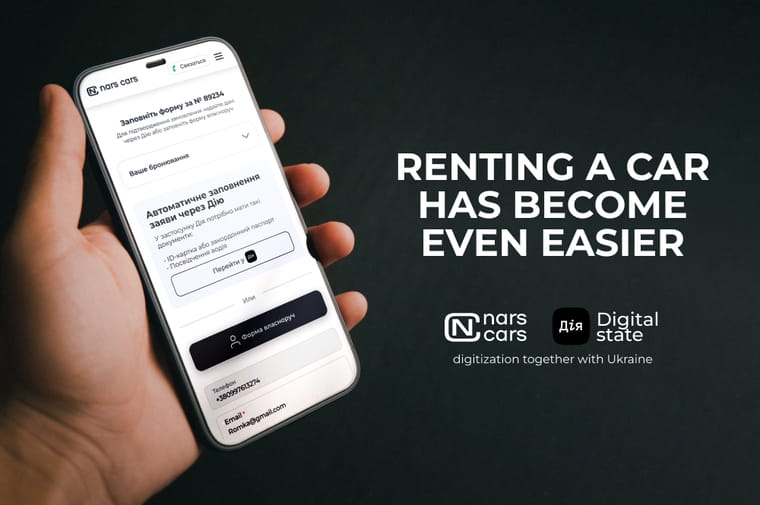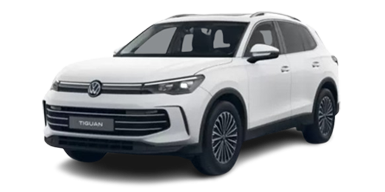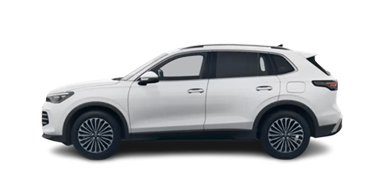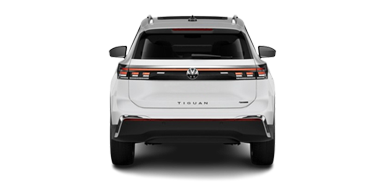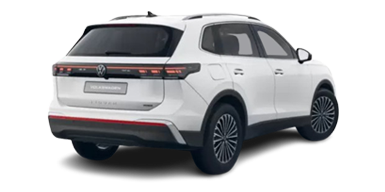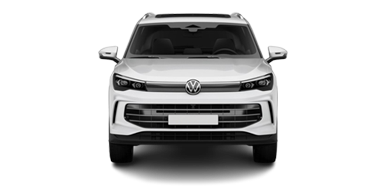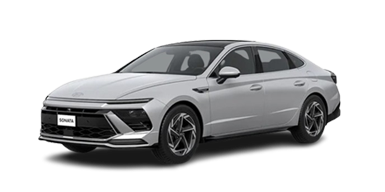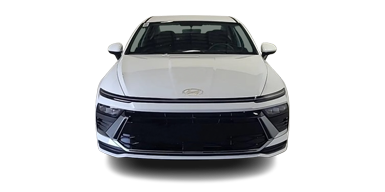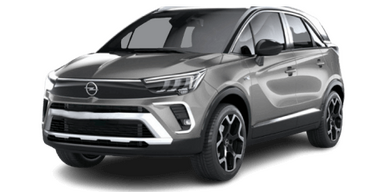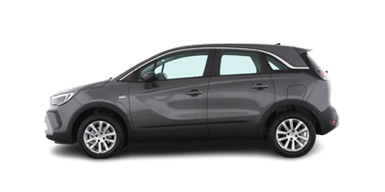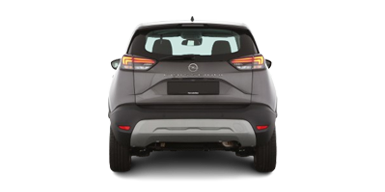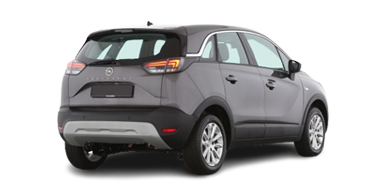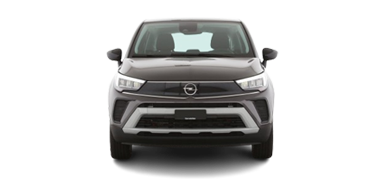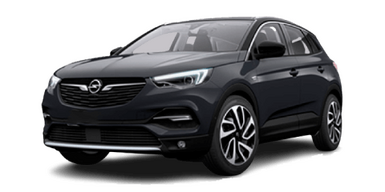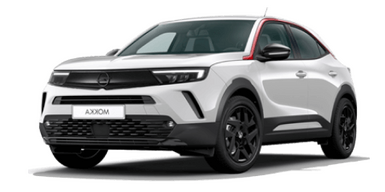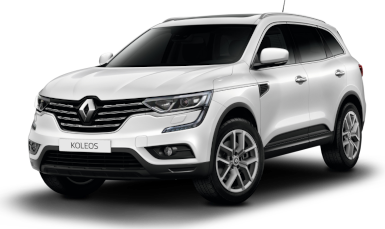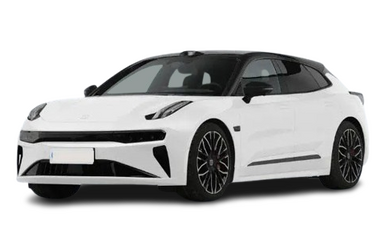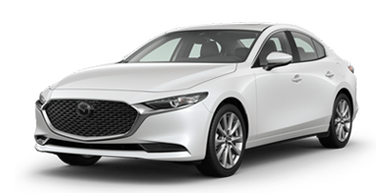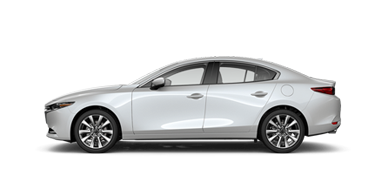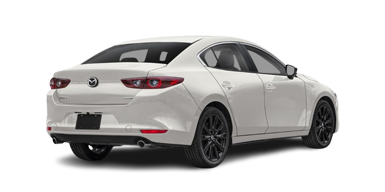It is difficult to imagine a modern, reliable car without ADAS — every driver needs to know what it is and how it affects safety. Equipping cars with electronic assistants is common practice. From standard cruise control to the upgraded version of ADAS, these technologies reduce stress while driving and help maintain speed and distance. The devices warn of risks and automatically apply the brakes when a person does not have time to react to a dangerous situation.
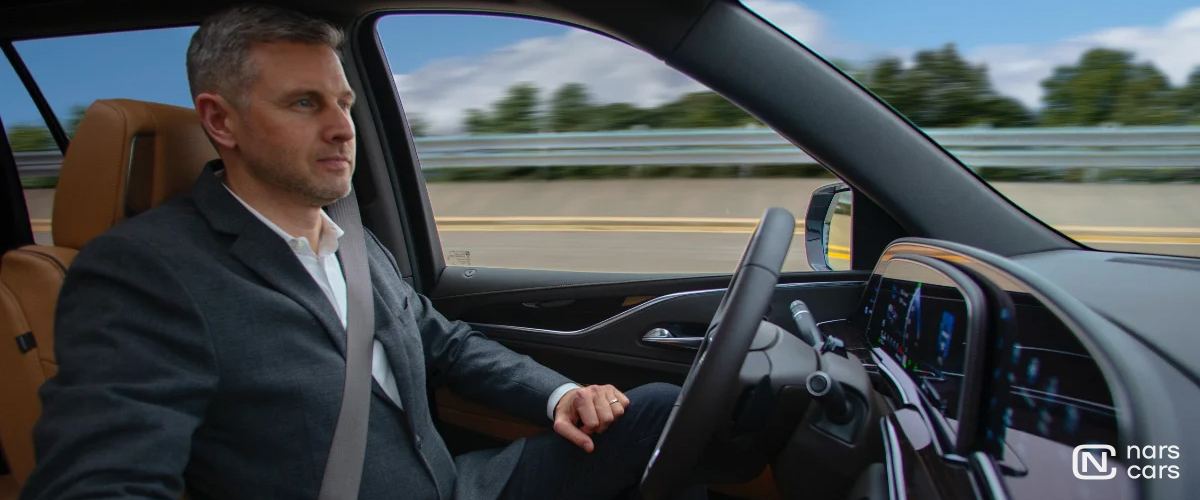
What are driver assistance systems and why are they important for safety?
ADAS (driver assistance devices) are a set of sensors, cameras, software algorithms, and actuators that together perform the following tasks:
- monitor the road and the space surrounding the vehicle — cameras, radars, lidars;
- analyse the situation — detect pedestrians, vehicles, road markings, and traffic signs;
- warn and correct the situation independently — steer and brake.
The use of ADAS means fewer errors associated with fatigue and reduced concentration. The driver does not get as tired from the stress and constant monitoring of the road. They effortlessly maintain the speed limit and optimal distance. As a result, the likelihood of fines for speeding and dangerous driving is reduced. Electronic assistants often warn of collisions and collisions with pedestrians and cyclists. If a collision is unavoidable, the speed and force of the impact are reduced. ADAS devices are indispensable when driving an unfamiliar model or when driving on an unusual route.
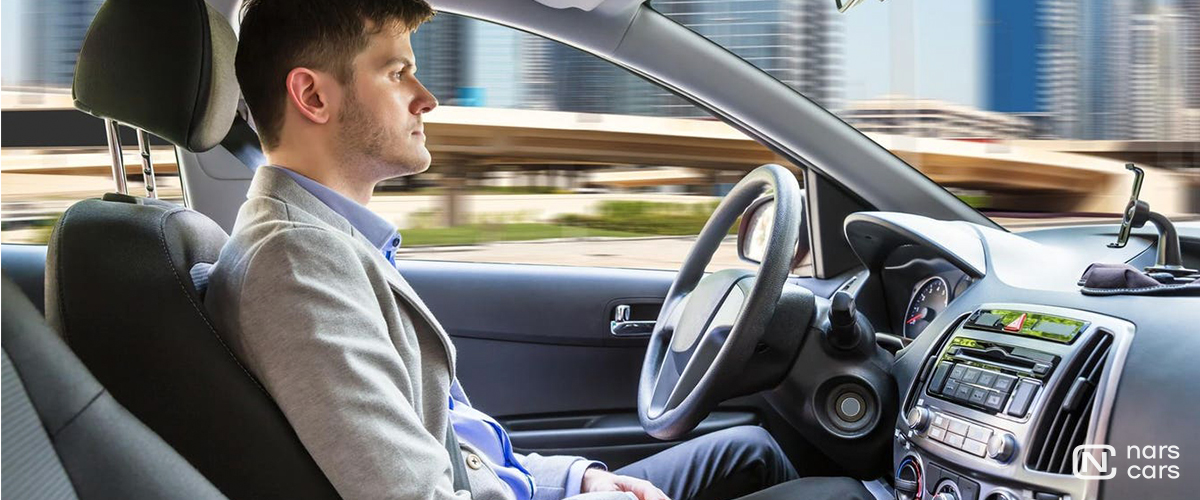
What driver assistance systems can be found in rental cars
Modern rental cars are equipped with all the latest electronic assistants, including:
- CC (cruise control) — maintains a set speed;
- Adaptive cruise control — maintains a stable speed and adjusts the distance to the car in front;
- AEB (automatic emergency braking) — warns of a collision and brakes if necessary;
- LKA (lane keeping assist) — corrects the steering position to avoid deviating from the course;
- LDW (Lane Departure Warning) — alerts you to a change in course with an audible signal or vibration;
- BSM (blind spot monitoring) — warns of vehicles and other obstacles in areas with limited visibility;
- TSR (traffic sign recognition) — informs you about driving regulations on a section of road.
Recent models are equipped with rear-view cameras that provide a 360° view, helping with manoeuvring and parking. The parking assistant independently controls the car, adjusting the steering wheel position and applying the brakes when necessary.
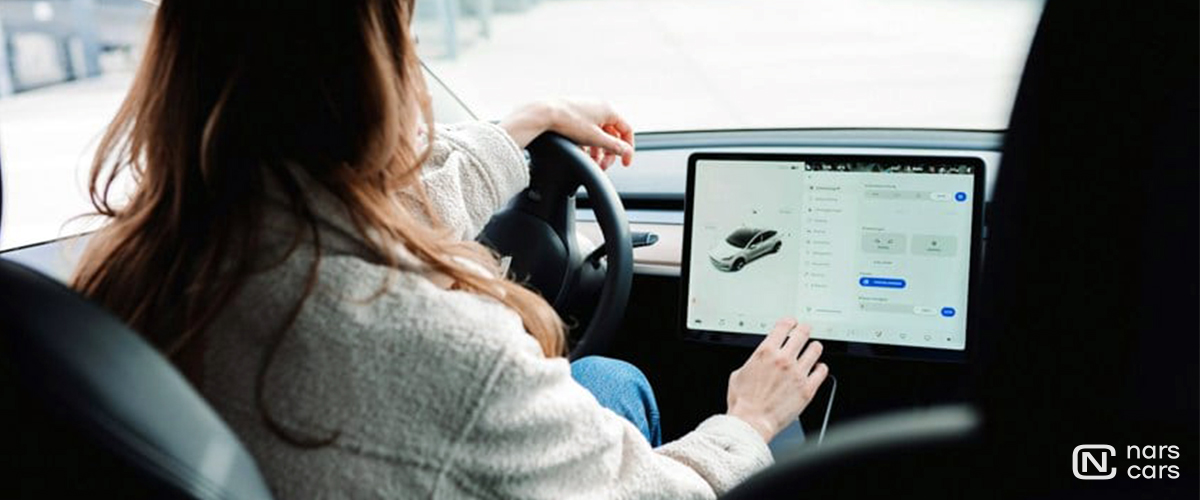
Key assistance features: from cruise control to lane keeping
Cruise control makes it easier to maintain your speed. The adaptive version measures the distance to the vehicle in front. If necessary, it increases or decreases the speed to stay within the set parameters. AEB brakes the wheels in case of a collision risk. LKA corrects the direction and warns when it is impossible to change course. BSM alerts you when you try to change lanes into a busy lane.
Adaptive cruise control and its role in preventing fines
ACC is a practical and useful option in a rental car. The system maintains distance, which reduces the risk of dangerous proximity and fines for improper driving. When set up correctly, it prevents speeding and protects against related violations and penalties.
How assistance system calibration works: what drivers need to know
ADAS calibration is the process of bringing sensors and detectors into the correct position. During calibration, intelligent software links the operation of ADAS to the geometry of the car. Key points:
- After repairs (replacement of the windscreen, installation of a bumper) or impact, radars, cameras, and lidars may shift. Misalignment leads to errors in the operation of ADAS, which manifest themselves as false responses or lack of response.
- There are several types of calibration. Static calibration is performed on special test benches. Dynamic calibration is performed during a trip at a controlled speed and under manoeuvring conditions. The technician uses targets and diagnostic tools. In some cases, conditions such as lighting and a flat surface are important.
Calibration is performed in certified workshops or dealerships.
Calibration is necessary if there are signs of incorrect operation of electronic assistants, such as warning lights or error messages.
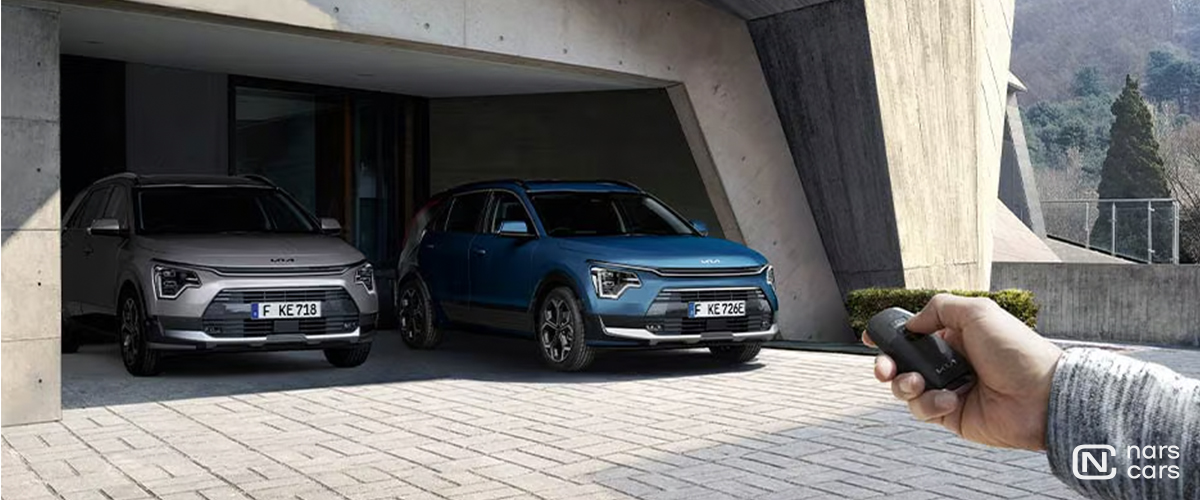
ADAS calibration: why it is so important for the correct operation of systems
Failure to calibrate ADAS leads to false alarms. The car may brake on its own for no apparent reason. It misidentifies obstacles and pedestrians, which increases the risk of road accidents. Incorrect lane keeping is accompanied by deviation to the side. The driver gets tired from having to constantly adjust the course.
When and how adaptive cruise control calibration is performed
Adaptive cruise control calibration is necessary after replacing the windscreen or repairing the front of the body (bumper, wing). The procedure is carried out after removing or installing the radar unit or camera. The technician connects a diagnostic scanner that reads ADAS errors. Then, static and dynamic calibration is performed, as well as a check of the assistants' operation.
What systems prevent accidents and how do they work?
Key systems that help prevent accidents include AEB, ACC with Stop&Go function, BSM in conjunction with RCTA (rear cross traffic alert), and LKA in conjunction with LDW.
Lane keeping: how systems help avoid collisions
LKA is an assistance system that gently steers the car to keep it within the lane markings. If the car deviates to the side, it alerts the driver with a signal or vibration of the steering wheel. The degree of direction correction depends on the manufacturer, model, and settings.
How cruise control sensors prevent collisions and assist the driver
An adaptive cruise control sensor is a combination of radar and camera. The former measures the distance to objects and works better than the camera in bad weather. The camera is usually located behind the rear-view mirror. It recognises the type of object (car, pedestrian, cyclist), signs, and road markings. The software combines the data received from the radar and camera, assesses the situation, and takes appropriate measures — it warns the driver and initiates partial or full braking.
The cruise control sensor helps you respond to dangerous situations in a timely manner. In critical conditions, it reacts faster than a human being: it reduces the risk of an accident and allows you to avoid or lessen the force of an impact.
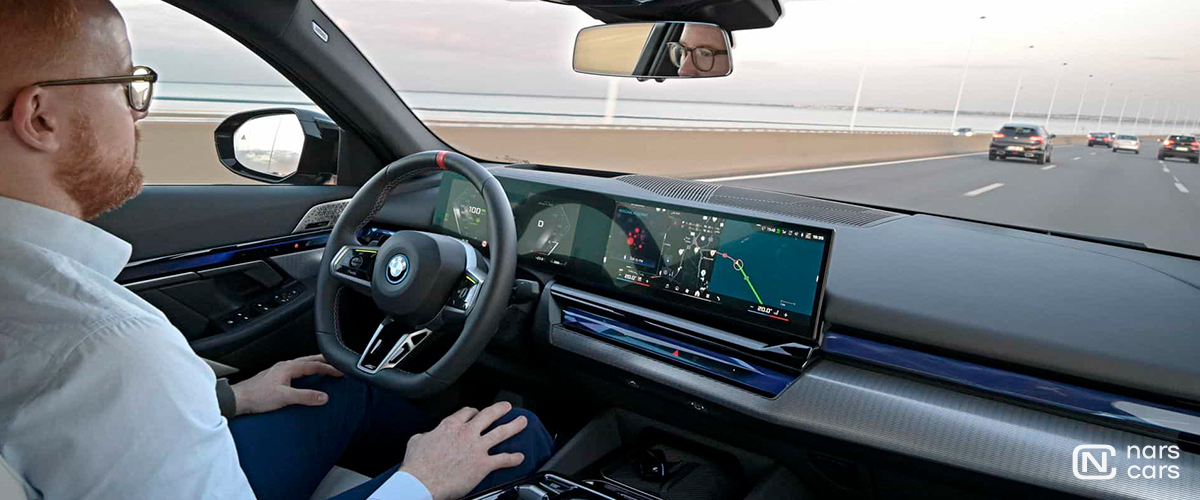
Advantages of using modern assistance systems when renting a car
Reducing the likelihood of accidents and increasing comfort are the main reasons for choosing a model with electronic assistants. Renting a car with ADAS offers the following benefits:
- Safety from the very first kilometre. The system provides backup if the driver is new to the model.
- Confidence on unfamiliar routes. Assistants warn of dangers on the road, control distance, and recommend manoeuvres based on current circumstances.
- Reduced risk of fines. Electronic assistants recognise signs and maintain speed limits, allowing you to comply with traffic rules effortlessly.
- Comfort on long journeys. Cruise control and automatic lane keeping reduce the strain on the driver.
- Fuel economy. Electronic assistants select the optimal driving modes.
Advanced technologies are the ideal backup for travelling in unfamiliar regions and on high-speed motorways.
Frequently asked questions about driver assistance systems
What should I do if the assistance systems are not working properly in a rental car?
If the driver assistance devices are not working correctly, stop in a safe place and restart the engine. Sometimes errors on the dashboard, false signals, and steering failures are temporary. Check the cameras and radars — dirt and snow often interfere with the operation of the devices. Lane keeping assist may malfunction due to incorrect tyre pressure. If the malfunctions persist, contact the rental service.
Can I use the assistance systems when driving in the city and on country roads?
When driving in the city, the assistants help in traffic jams and at intersections. Adaptive cruise control is useful in Stop&Go mode. However, the system often malfunctions in heavy traffic and when other cars make sudden manoeuvres. On country roads, ADAS reveals its full potential — reducing fatigue and the risk of violations.
How to choose a rental car with an assistance system?
To get a car with the features you need, pay attention to the year of manufacture. Most models manufactured after 2022 are equipped with ADAS. Check with the rental company manager for the configuration — the availability of adaptive cruise control, automatic braking, and lane keeping.
